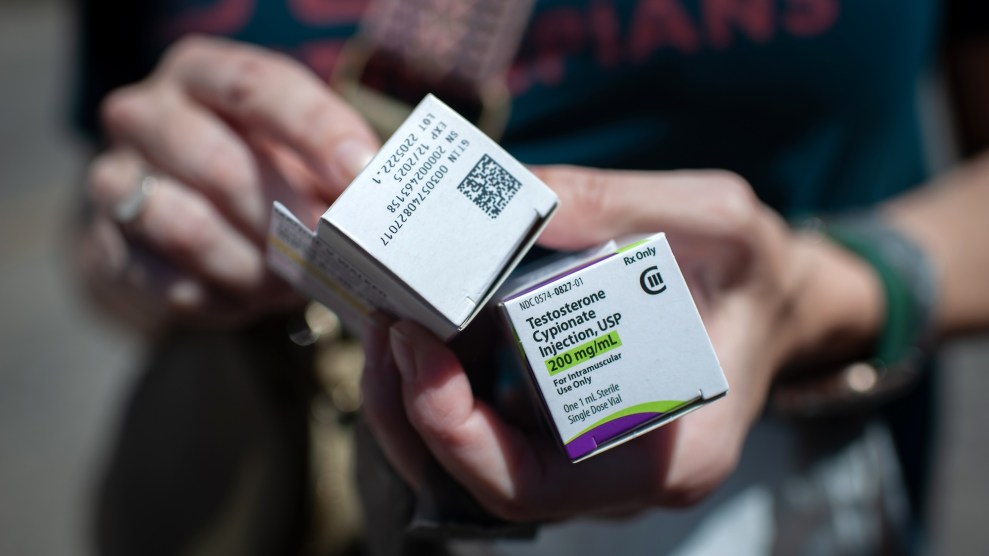Until the discovery of insulin a century ago today by two Canadian researchers who injected a pancreatic extract into a diabetic dog and watched its blood sugar drop, diabetes had been deemed fatal. Kids and adults “most often died within days to months,” Dr. Chris Feudtner of the University of Pennsylvania and the Children’s Hospital of Philadelphia said today in a striking portrait of the discovery’s impact. “With the advent of insulin therapy, this timeline was extended to decades.”
More than 460 million people have diabetes. The number is rapidly rising, most prevalently in lower- and middle-income populations. It’s hard to unequivocally celebrate any life-saving medicine whose demand exceeds its affordability and accessibility for the millions struggling to obtain it; the politics and economics of insulin are points of fierce criticism. (See our colleague Tim Murphy’s callout last year.) But insulin, as Feudtner says, has improved, extended, and saved countless lives. It remains “one of the leading medical miracles of the 20th century, on par with antimicrobials and cancer treatments.”
Let us know what insulin means to you and your family on a daily basis, and how much you pay for it (if you do), at recharge@motherjones.com. Also let us know, if language interests you, whether you’d say “I’m diabetic” or “I have diabetes” or if each is interchangeable.


















